The slick rebellion
 Just pay attention to what is happening at your home break on any given swell. Fundamentally things have not changed much: finned surfboards are still used by more then 99% of surfers. Yet the few finless boards present, if any, will be the center of attention at the peak, regardless of how friendly surfers might be. This is the result of the aura, genius and true dedication of a few surf phenomenons such as Tom Wegener, Derek Hynd or Richard Kenvin. Most certainly many are already following their tracks. Photos: Jamie Bott
Just pay attention to what is happening at your home break on any given swell. Fundamentally things have not changed much: finned surfboards are still used by more then 99% of surfers. Yet the few finless boards present, if any, will be the center of attention at the peak, regardless of how friendly surfers might be. This is the result of the aura, genius and true dedication of a few surf phenomenons such as Tom Wegener, Derek Hynd or Richard Kenvin. Most certainly many are already following their tracks. Photos: Jamie Bott
The beauty of finless surfing was captured immediately by Tom Wegener when he thought about shaping again and then surfing his first alaia. At the beginning he rode it prone, because after having mastered his art as a finned surfer, riding a finless plank of wood was suddenly a new beginning and a new form of glide, one he had never felt before, and one that happened to be extremely difficult. Soon enough he stood up and so did the amazingly talented surfers that share his Noosa sessions, capturing our imagination all over the world, and stimulating some of us to try it too.

Trying is what it is all about really. So I tried and still am, sometimes successfully riding a wave, most of the time struggling to catch them, but always with an intense satisfaction when it is done right.
Most people will not do it because they wouldn’t want to waist a good session on their dialed board. Too bad; but then most people don’t like to get out of the track either. For those who dare experiment the finless motion though, a new world of glide will open its doors to them.

What is happening is not a revolution. The shortboard was a revolution, when from one year to the next, almost all longboards were replaced in the water by shorter single fins. In spite of the fame finless boards have acquired in the last couple of years (mostly alaias to be exact), no significant proportion of surfers will soon swap their usual boards on a regular basis. And yet, everybody knows someone that has one in his quiver, should it be made of wood or of foam.
Neither is it an evolution. The evolution was Tom Blake’s idea to add a stabilizer to his surfboard and make it easier to ride and turn, followed by creative surfers and shapers fine tuning whatever idea was theirs at the time (Bob Simmons, George Greenough, Simon Anderson, etc…), and contributing to surfing’s big leaps. Considering the type of boards we are talking about, taking the only element of balance out of the equation would be rather coldly considered as a step backwards by most surfers. And who could blame them given the level of ability and technique required to surf properly those new finless surf crafts?
Rebellion is what most accurately defines what is happening with finless surfing, or to simplify, finless boards.
Alaias have been shaped and surfed again for 5 or 6 years. Seeing some of the best surfers in the world ride them the way they do is striking after such a short period. What will the surfscape look like in a generation, when some young surfers will have learnt how to surf on these boards from the very beginning?

Part of the answer lies in the efforts of finless shapers and surfers to come up with new type of slick boards, adding some volume to the genuine alaia. They will float better, paddle better, and most of all allow access to many more waves.
History and memory is one thing, improving concepts is another, and as the French say, there is no need to be more Royal then the King himself. Finless foam or hollow boards are not as fast and flexible, but they are much easier to surf than the thin wood planks, and still deliver that very specific joy and stoke.
The movement started with one man, interested in ancient times, skilled and passionate. He reproduced what he saw in the Bishop Museum of Hawaii, but didn’t hang it on the wall like others before him. He surfed it. Then shaped another one and changed things. He found out what worked and what didn’t, outlines, lengths, rails, curves, he explored all aspects and even found the best common wood for the job. If everybody talks about alaias and the absence of fins today it is because Tom Wegener dedicated so much time to this idea. And he still does. Logically, the next step was to add volume to the alaias, which he did with what he calls the Tuna, a bodied interpretation of the alaia, made of wood, or foam, or even both sometimes. Every day in Noosa he surfs and experiments with these finless prototypes, changing materials, measurements, and templates once again.
At the same time, other surfers also started thinking that fins were not that essential for a surfboard to glide and begun their own experimentation, following different tracks, and creating a world-wide interest through the films, footage and pictures that can be seen more and more often as time goes by.
What Derek Hynd is doing in his world class South African backyard is mind blowing. His approach is so different from Wegener’s that it surely paves the way for more finless shapes and directions to become available in the near future. Instead of a long concave and sharp rails to grab the wall and fly, Derek Hynd started cutting inches out of old boards, shaping channels on the bottom, foiling back the rails, then re-glassing them to see how these ideas worked. They obviously do, if he can spin several times at big J-bay without loosing his forward momentum, then take a highline and accelerate even more while launching himself again on the steep wall of the wave.
In California, the everlasting Hydrodynamica project led Richard Kenvin to shape, with his non-surfer accomplice Carl Ekström, finless foam boards. For them the approach was similar to Hynd’s, using deep channels to compensate the absence of fins and create grip. The concept was however carried out by a designer, an expert in fluid hydrodynamics, which led in turn to a totally different result. Kenvin started surfing and filming to show what was going on at Windandsea.
More recently, Ryan Burch, goofing around and having fun as he does, dug a little more into the planning hull bible (Naval Architecture of Planing Hulls, by Lindsay Lord, first published in 1946). He proposed that perhaps something even more basic could work, a rectangular piece of foam for instance, slightly scooped on the nose and not even glassed (why bother?). And he saw a similar result, the speed down the line is so unbelievable that when you see the footage, it almost seems as if the film was played in fast forward. He could make waves that would have possibly not been makeable with a finned board, getting deep into barrels with nothing but a piece of EPS. The cheapest board ever…
Ryan Burch & Eric Snortum surf alaias:
Historicism, empiricism, hydrodynamic theory and application; whatever the method, a few creative shapers and surfers have recently decided that it was time for something new, that they’d had enough of fins and of the everlasting debate of what set up is the best. Now for them, and those who listen, it is no longer an issue. Many people would agree, we live in the best times to be a surfer, and the best times to rebel against the monotony of the line-ups and the dictatorship of the top 44 surfing style.
Tom Wegener has brought to our attention again the possibility of surfing finless, while standing up. Without him we would still have forgotten that not so long ago surfers didn’t even have a choice, and most of all without him, finless surfing might still be only anecdotal.
The finless virus has spread and is now very active all over our the globe, though few people have yet been contaminated. For those who are interested in contemporary surf culture, no decent surf festival excludes the finless phenomena: Noosa Surf Festival, Green Room Festival, Surf Film Festival Ciudad de Santander, Surf Film Festival Saint-Jean de Luz, every one of them is now fishing for the latest finless surfing premiere.
Perhaps we should keep in mind one of surf’s unwritten rules - the less we are, the better we are.
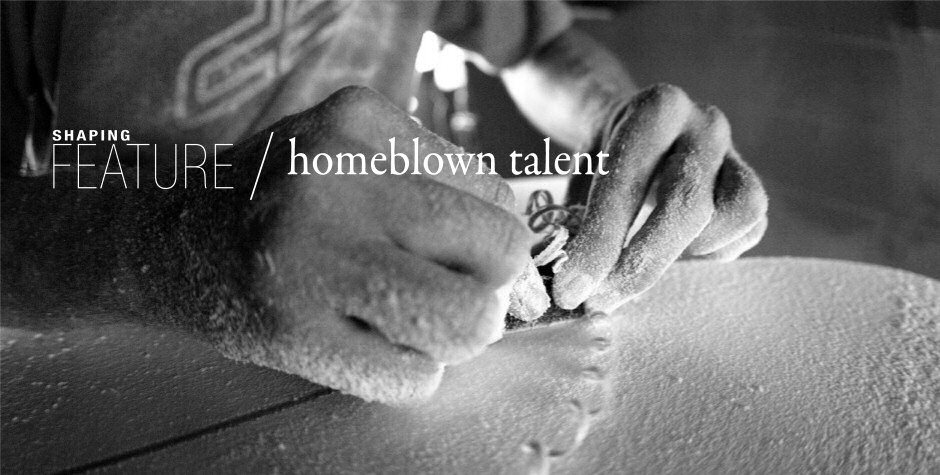
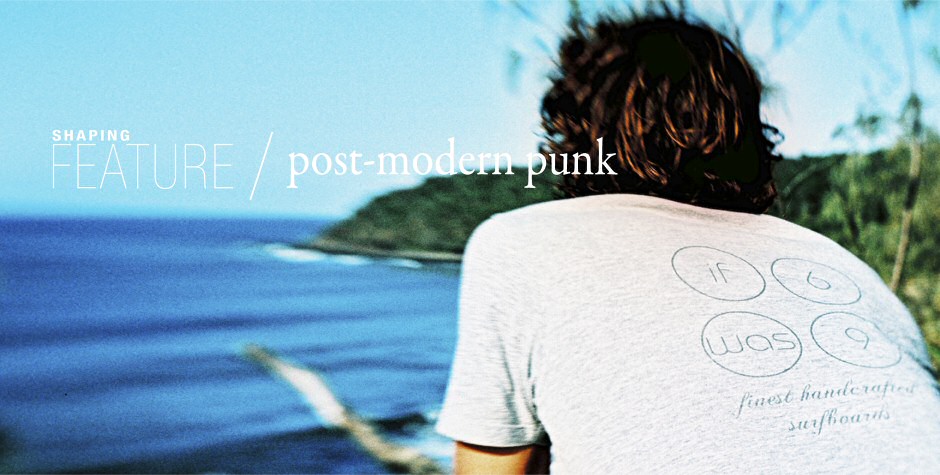
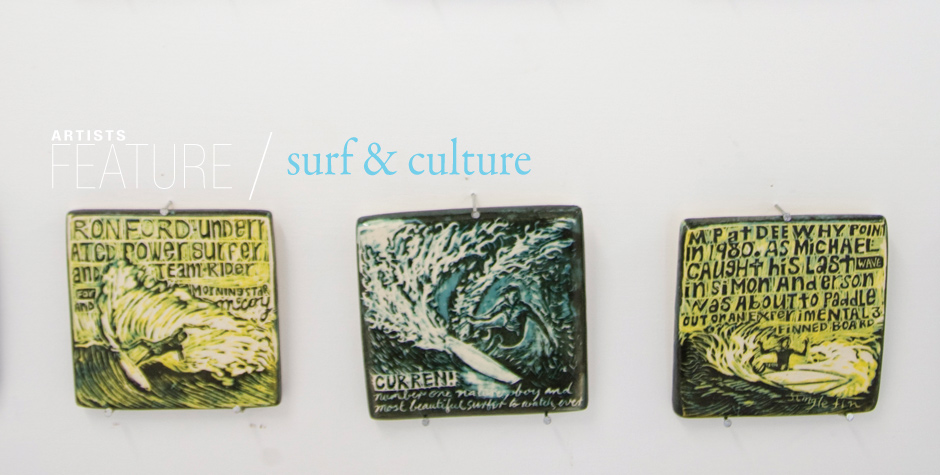

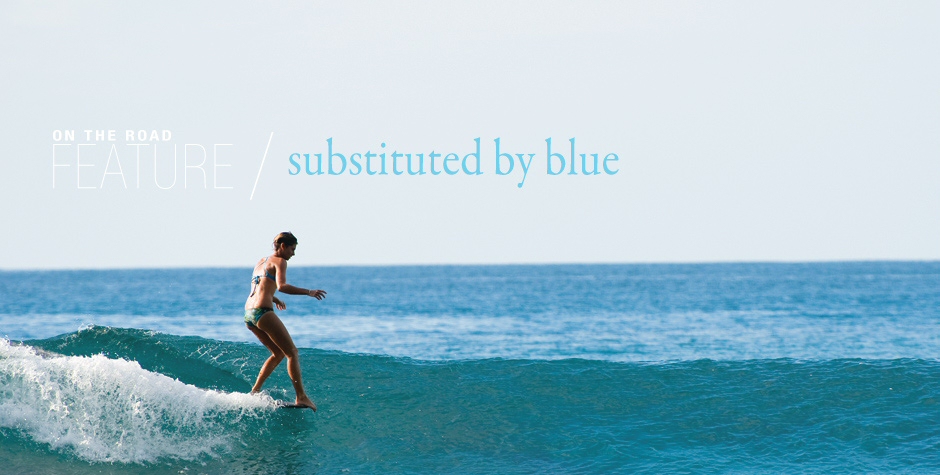
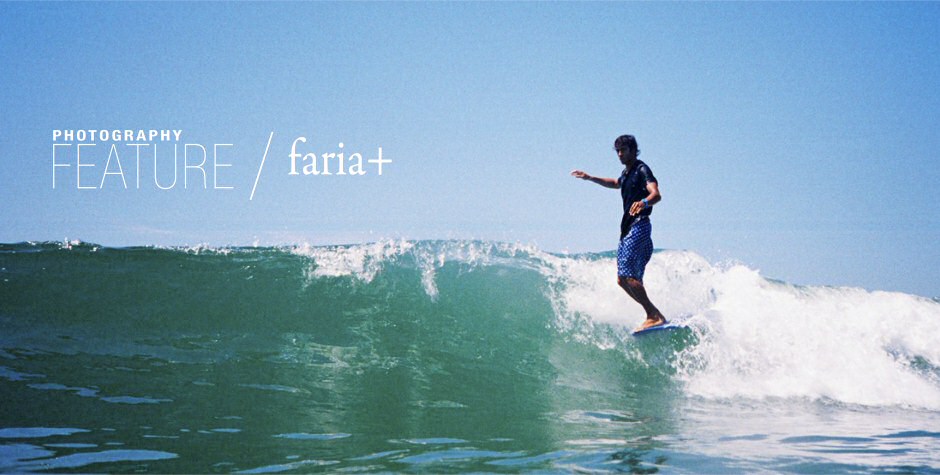

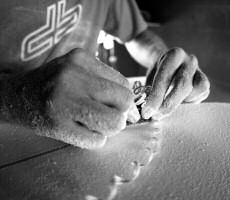
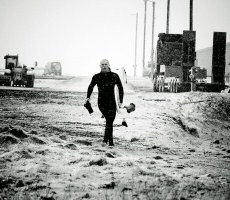
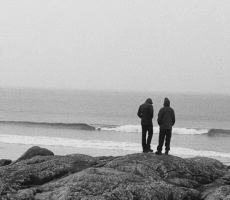
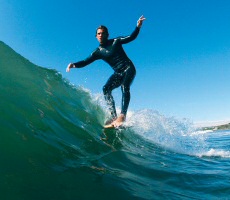
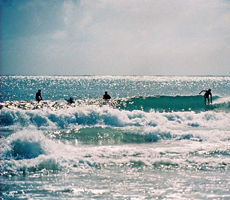
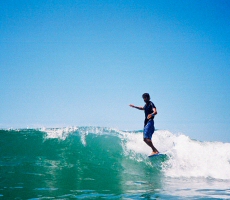



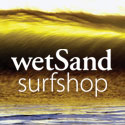






Hey guys a nice story and we are seeing more experimenting and more people building their own boards as well. All of which is great. To be different is OK now. It used to be dare to be different. A lot of people don’t want to be led anymore and are willing to have a go.
Thanks guys.
1Great article. Love the discussion of all things finless.
2What’s revolutionary about Tom is his personality and his way of being. Big love and respect to him. Y un fuerte abrazo para ti, Florian, buen artículo, keep on rocking.
3Great stuff,
4truly fascinating, I found a video with a bit on this, called Musica Surfica, has wegener and Hynd all styling to some crazy classic music I think the filming was by Jon Frank? EPIC
Good stuff either way!!
Musica Surfica is a truly sublime film, made by Drift compadre Mick Sowry. Youtube it for trailers, and buy it at http://www.musicasurfica.com/.
5Great reading and it an exciting time for surfcraft, finned or not. I am surfing and shaping variations of diff finless boards atm and am thoroughly enjoying it, very challenging but so addictive….
6Consider Bodysurfing
7I am totally against the pop culture of surfing, but I want a surf board that works. Some of us don’t have the money just to use on a board that is a novelty. Shoot why not just surf anything? Good for those who do it but I would say that really thinking outside the box has little to do with surfing and more with our approach to people and our society around us. Being real blue and green.
8Nice article.
Lighter, easier to paddle Alaia Lite boards are here: as light as 6 lbs in Albizzia with redwood or koa stringers for the ‘retro look’ without the weight.
Alaia Lites are High compression strength foam core (recyclable EXTRUDED styrene) Alaia boards that do float better than solid wood.
They are finished with an exclusive epoxy film finish (repairable) and include recycled composite bumper rails for durability.
9Carl Ekstrom is not a “nonsurfer”, he just chooses not to surf these days. He was one of the best and most respected surfers from his generation at Windansea. I did not shape those finless boards, Carl did.
We discussed the design and collaborated in that sense but Carl made them.
It’s a pretty major offense to refer to Carl as a “nonsurfer” and then follow it by mistakenly saying that I shaped those finless boards. Carl shaped and designed and glassed and finished those boards, I just rode them and gave him feedback and documented a little bit of surfing on them. Carl has been working on surfboards since 1952. There is nobody above him in the craft of making surfboards, period. You did both of us a disservice by not getting the facts straight.
10